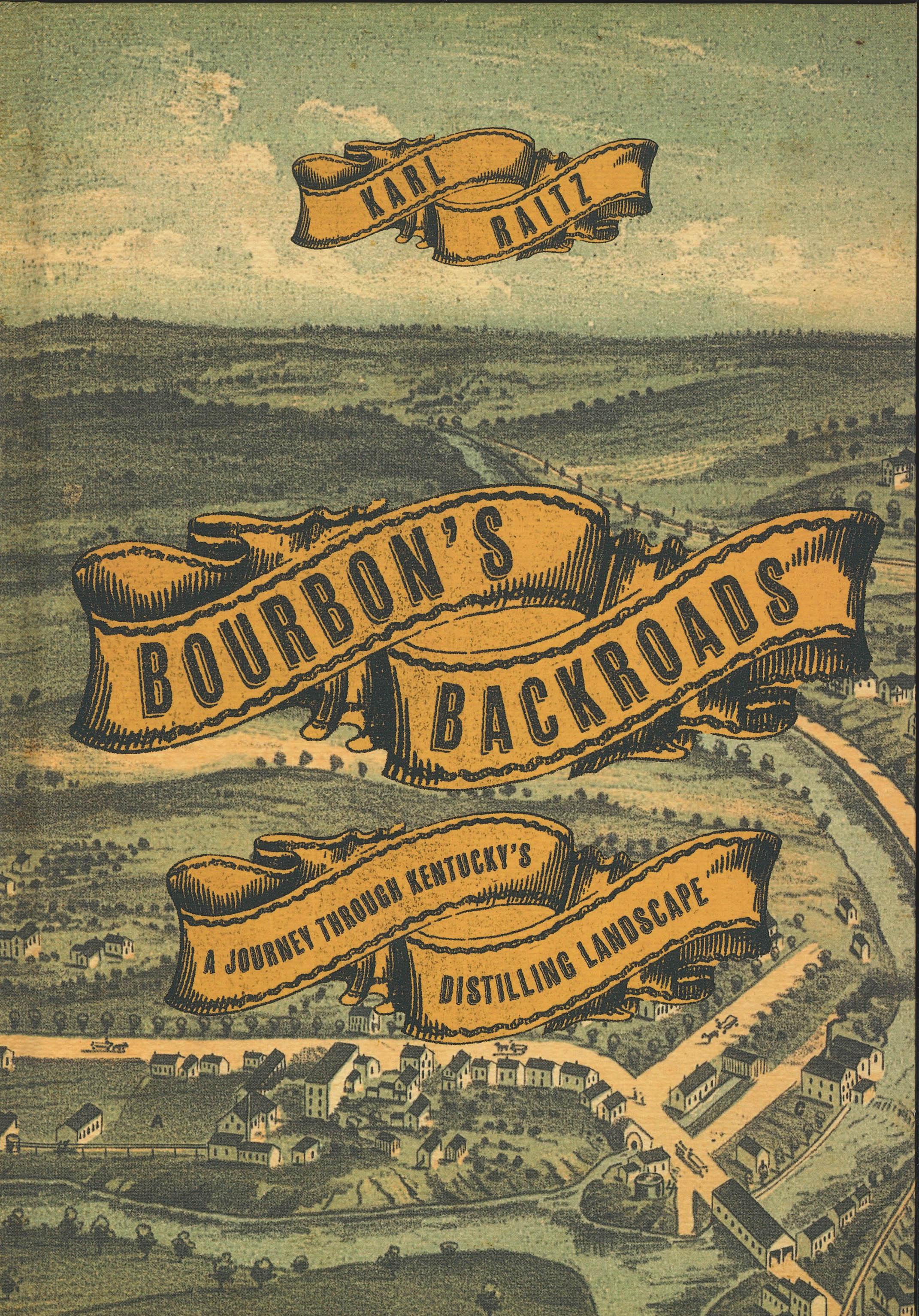By Katie Cross Gibson
 With more than 50 distilleries in the state, bourbon is as synonymous with Kentucky as horses and basketball. As one of the Commonwealth's signature industries, bourbon distilling has influenced the landscape and heritage of the region for more than two centuries.
With more than 50 distilleries in the state, bourbon is as synonymous with Kentucky as horses and basketball. As one of the Commonwealth's signature industries, bourbon distilling has influenced the landscape and heritage of the region for more than two centuries.
University of Kentucky College of Arts and Sciences former faculty member and Provost’s Distinguished Service Professor Karl Raitz’s “Bourbon’s Backroads: A Journey Through Kentucky’s Distilling Landscape” blends several topics — tax revenue, railroads, the mechanics of brewing, geography, landscapes and architecture — into a primer and geographical guide with history of the development of Kentucky's distilling industry.
Nineteenth-century distilling changed from an artisanal craft practiced by farmers and millers to a large-scale mechanized industry that practiced increasingly refined production techniques. Distillers often operated at comparatively remote sites, the "backroads," to take advantage of water sources or transport access. Some distillers adopted mechanization and the steam engine, forgoing water power — a change that permitted geographical relocation of distilleries away from traditional sites along creeks or at large springs to urban or rural rail-side sites.
Raitz has received advance praise for the published work. "Raitz leaves no stone unturned as he explores the social, cultural, economic, and technological settings that enabled the bourbon industry to flourish in nineteenth-century Kentucky. Meticulously researched, authoritative, and highly readable, 'Bourbon's Backroads' does more than tell the story of whiskey production, however. It throws open a window on nineteenth-century America, offering insights into our past that only a gifted and seasoned writer like Raitz can impart,” said Geoffrey L. Buckley, coeditor of “The American Environment Revisited: Environmental Historical Geographies of the United States.”
Based on archival research that includes private paper collections, newspapers and period documents, this work published by University Press of Kentucky (UPK) places the distilling process in its environmental, geographical and historical context. “Bourbon's Backroads” reveals the places where bourbon's heritage was crafted — from old and new distilleries, storage warehouses, railroad yards and factories where copper fermenting vessels are made — and why the industry continues to thrive.
Karl Raitz, professor emeritus, was a faculty member in the Department of Geography at UK from 1970 to 2013. Raitz is also co-author of “Kentucky’s Frontier Highway: Historical Landscapes Along the Maysville Road” with Nancy O’Malley, “Rock Fences of the Bluegrass” alongside Carolyn Murray-Wooley, as well as co-editor of “Atlas of Kentucky” with Richard Ulack and Gyula Pauer.
The University of Kentucky is increasingly the first choice for students, faculty and staff to pursue their passions and their professional goals. In the last two years, Forbes has named UK among the best employers for diversity, and INSIGHT into Diversity recognized us as a Diversity Champion three years running. UK is ranked among the top 30 campuses in the nation for LGBTQ* inclusion and safety. UK has been judged a “Great College to Work for" two years in a row, and UK is among only 22 universities in the country on Forbes' list of "America's Best Employers." We are ranked among the top 10 percent of public institutions for research expenditures — a tangible symbol of our breadth and depth as a university focused on discovery that changes lives and communities. And our patients know and appreciate the fact that UK HealthCare has been named the state’s top hospital for four straight years. Accolades and honors are great. But they are more important for what they represent: the idea that creating a community of belonging and commitment to excellence is how we honor our mission to be not simply the University of Kentucky, but the University for Kentucky.
